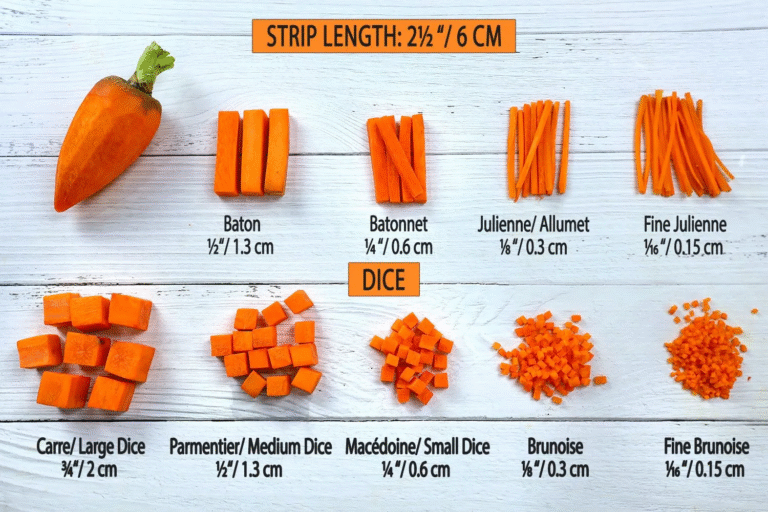Pillars of Modern Software Architecture: A Deep Dive into Inheritance, Polymorphism, and Encapsulation
Object-Oriented Programming (OOP) is not merely a set of programming language features; it is a paradigm that provides a structured approach to designing complex, scalable, and maintainable software systems. [1] At its core are three foundational principles—Inheritance, Polymorphism, and Encapsulation—that work in concert to manage complexity and foster robust application architecture. While often introduced as simple concepts, their strategic application is what distinguishes resilient, adaptable software from brittle, unmanageable code. A deeper examination reveals their profound impact on everything from code reusability and system flexibility to long-term data integrity and architectural stability. [2]
Inheritance: The Double-Edged Sword of Code Reusability
Inheritance facilitates an “is-a” relationship, allowing a new class to derive its functionality from an existing one, which is a powerful mechanism for code reuse and creating logical hierarchies. [2][3] However, its true value lies in its strategic use for establishing consistent contracts within a software framework. A critical guideline for its correct implementation is the Liskov Substitution Principle (LSP), which dictates that objects of a subclass must be substitutable for objects of their superclass without altering the correctness of the program. [4][5] For instance, in a financial application, a SavingsAccount and a CheckingAccount can both inherit from a base Account class. Any part of the system designed to work with an Account object should function correctly whether it receives a SavingsAccount or a CheckingAccount, ensuring predictable behavior across the hierarchy. [6][7]
Despite its benefits, inheritance creates the tightest form of coupling in object-oriented design. [8] This can lead to the “fragile base class problem,” where a seemingly safe modification to a base class can have unforeseen and catastrophic effects on its subclasses. [9][10] For example, if a base class developer alters an internal method that subclasses have implicitly relied upon, those subclasses can break silently. [11] This high degree of coupling has led to the widely adopted design principle, “favor composition over inheritance.” [3][12] Composition, which models a “has-a” relationship, builds complex objects from simpler, independent ones, offering greater flexibility and reducing the risks associated with rigid inheritance chains. [8][13] This approach promotes more modular and adaptable designs, allowing developers to build systems that can evolve without the brittleness inherent in deep inheritance hierarchies. [12]
Polymorphism: The Engine of Decoupling and Flexibility
Polymorphism, meaning “many forms,” is the principle that enables a single interface to represent different underlying forms (data types). [14] While its most visible application is method overriding, its fundamental role in software architecture is to enable decoupling through the Dependency Inversion Principle (DIP). [15][16] DIP states that high-level modules should not depend on low-level modules; both should depend on abstractions. [4][17] Polymorphism is the mechanism that makes this inversion possible. [18] By programming to an interface (an abstraction) rather than a concrete implementation, high-level components remain unaffected by changes in the low-level components that implement that interface. [16] This is the cornerstone of creating flexible, modular systems.
This principle is the driving force behind plugin architectures, which are prevalent in modern software from web browsers with extensions to enterprise systems with customizable modules. [14][19] A core application—say, a content management system—can define an interface for a “plugin.” Multiple developers can then create their own plugins (e.g., a payment gateway, a social media widget) that implement this interface. The core system interacts with all plugins through the common interface, able to load, run, and manage them without knowing the specific details of any single one. [20][21] This polymorphic behavior allows for immense extensibility and maintainability; new features can be added as plugins without modifying the core application’s code, significantly reducing the risk of introducing bugs into stable, proven code. [22][23]
Encapsulation: The Guardian of Integrity and Maintainability
Encapsulation is the practice of bundling data with the methods that operate on that data, but more importantly, it involves restricting direct access to an object’s internal state. [1][24] This is not just about “hiding” data; it is a strategic imperative for maintaining the integrity of the system by enforcing class invariants. [25] A class invariant is a rule or condition about an object’s state that must be true at all times, except during the execution of a method. [26][27] For example, a BankAccount object might have an invariant that its balance can never be set to a negative value through a direct assignment. By making the balance field private and only allowing modifications through public methods like deposit() and withdraw(), the class can enforce this rule, ensuring the object never enters an invalid state. [28][29]
This controlled access creates a stable public interface that other parts of the system can rely on, while the internal implementation remains free to change. [25] This separation of concern is crucial for long-term maintainability. [24] Developers can refactor the internal logic of a class, optimize its performance, or fix bugs without any impact on the client code that uses it, as long as the public contract (the method signatures and their behavior) is honored. This principle of information hiding reduces system complexity, as programmers using the class do not need to understand its internal workings, only its public interface. [25] This makes the system easier to reason about, debug, and evolve over time, forming a foundation for building robust and reliable software. [2]



